The research is clear: high-quality instructional materials (HQIM) can positively impact teacher practice, classroom instruction, and student achievement. However, launching a new curriculum can be a daunting task for a school system and school leaders as it requires a significant investment of time, money, and people — things that education leaders do not always have in abundance.
At Rivet Education, we have seen firsthand the challenges schools and school systems face in implementing a new HQIM. Therefore, we strive to find and elevate exemplar models of professional learning plans that effectively support teachers in the skillful use of their instructional materials. The first exemplar is featured in our new case study, The Power of Dynamic Professional Learning to Launch a New Curriculum: A Wisconsin Story.
Rivet Education visited Mount Horeb Area School District (MHASD) in southern Wisconsin in February 2022 to observe the implementation of its new math HQIM — Bridges in Mathematics — and how its partnership with local professional learning provider Cooperative Educational Service Agency 2 (CESA 2) was supporting that work. Rivet was particularly interested in learning from this partnership, given that CESA 2 is a professional learning partner featured in the Wisconsin Professional Learning Partner Guide. Similar to Rivet’s national Professional Learning Partner Guide (PLPG), this customized, state-level version, created by Rivet, helps Wisconsin school and district leaders quickly identify organizations that specialize in providing high-quality, curriculum-based professional learning.
Over two days, Rivet’s team observed multiple classrooms, sat in on model lessons and coaching sessions, and interviewed several teachers and students. What we saw is an innovative approach to launching and supporting HQIM through the use of dynamic, job-embedded high-quality professional learning that is already showing early signs of success. MHASD’s professional learning plan, which relies heavily on peer-to-peer coaching and in-the-moment, responsive, professional learning, has increased teacher collaboration and confidence and grown students’ beliefs in their ability to succeed in math.
Here are the steps that MHASD and CESA 2 took to adopt and launch Bridges in Mathematics.
- Identify the problem: MHASD discovered that students weren’t developing the conceptual understanding of math called for in their state standards or the mathematical shifts and practices. It recognized that adopting a math HQIM that included research-based content, content pedagogy, and support for both students and teachers was the fastest way to change this.
- Identify a qualified partner to help: MHASD knew that the work of adopting and implementing a new HQIM would not be easy. It made the strategic decision to enhance its team’s capacity and expertise by expanding its partnership with CESA 2, which helped develop and successfully execute a plan for making this shift.
- Create a content-specific vision for strong teaching and learning: CESA 2 worked with MHASD leadership and members of the K–5 math team to describe what they wanted students in their district to know and be able to do in math and what teachers’ instruction should look and sound like.
- Select a high-quality instructional material aligned to the vision: MHASD reviewed multiple HQIM and selected Bridges in Mathematics, which was the most aligned to its academic vision for math.
- Create a plan to ensure all educators receive initial and ongoing support to use materials effectively: MHASD created a professional learning plan that embodies the characteristics of HQPL and is customized to the unique needs of teachers and students to ensure the skillful use of Bridges.
- Execute the plan and monitor progress: MHASD continues to leverage a variety of structures to ensure teachers receive ongoing and dynamic HQIM-aligned professional learning that includes PLCs, coaching, and workshops. Both district leadership and CESA 2 regularly seek feedback from teachers and school leaders to make adjustments to the professional learning plan.
If you are interested in learning more about MHASD’s professional learning plan, read our case study and join us on August 18 from 10:00 A.M. to 11:00 A.M. CST for our Professional Learning Power Hour, where we will be joined by Sarah Straka, MHASD’s Director of Instruction. Sarah will share additional insights into their journey from adoption to implementation of Bridges and the vital role CESA 2played in the work. You can register for this free webinar here.




